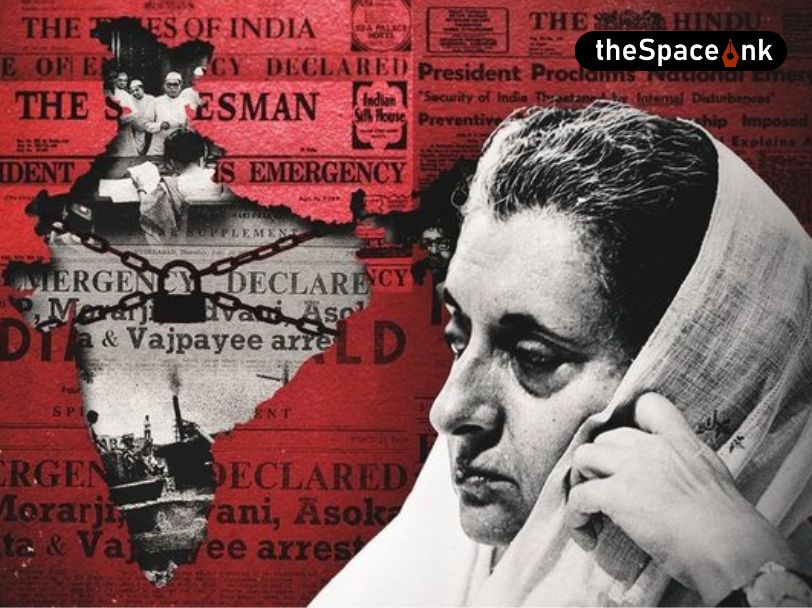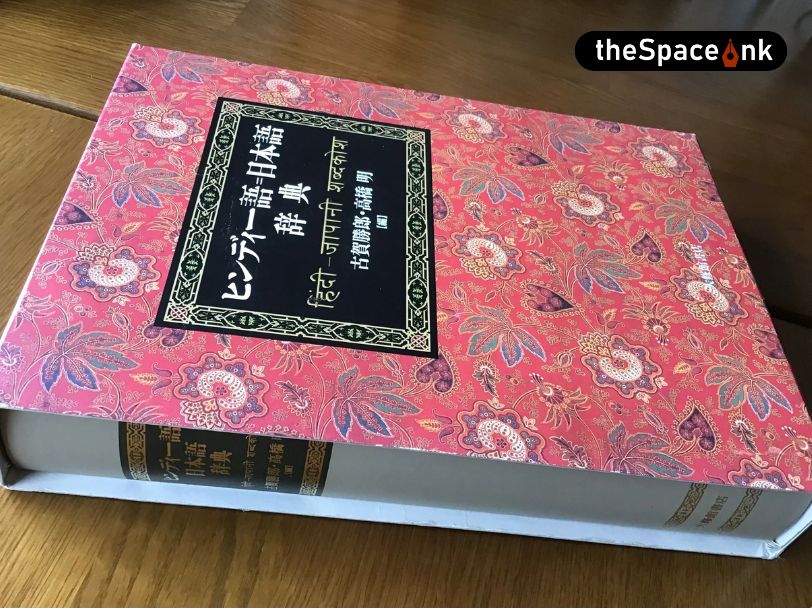“Hey, you are black”, shouted the random cabby.
This was the spring of 2012. We were awaiting our university shuttle on the famous Rihtim Caddesi, Kadikoy. I had recently shifted base to Istanbul. Everything was new, the food, the people, the socio-cultural orientation, – everything! I had already been intimated about the possibilities of similar un-subtle abuse in the city streets. But such forthrightness? I was startled! But to my surprise, Pandian bhai, with an equal and emotionless valor shot back.
“Hey, you are white”!
With my shock being metamorphosed into an uncanny “LOL”, and the driver’s hate-filled-confidence instantaneously transformed into an outrageous astonishment, unable to devise a next course of action he swiftly vanished into the busy streets towards Moda.
This was my first ever face-to-face encounter with the historically well discussed and infamous skin-color racism of the European subcontinent. Later, in my continuing decade long expatriate life I have had the misfortune of experiencing numerous such events which including one (almost violent) interrogation with two Neo-Nazi lads in Dresden.
Among the extensive list of fond memories garnered through the past decade, such a handful of rare but morally scarring experiences makes me question my urban Bengali upbringing too. Is skin-racism only a bi-product of the western civilization? Or, has my 26 year of biased upbringing completely overlooked its subtle and granulated presence in our society?
We will try to address this question here today, and, in its process, we will walk together through a step by step socio-scientific analysis of the issue.
Let’s begin with a few incidences from the last decade:
- In 2008 the Maharashtra government passed a plan of training 100 tribal women for the position of flight attendants. The entire plan ended with only 8 being appointed as mere ground staff.
- In 2014 a New-Delhi housewife, irritated by the racist attacks from her in-laws committed suicide. In the same year another young lady- Bratati Das committed suicide under similar circumstances.
- In 2015, daily newspapers reported an incident where an utterly disgusted (by racist torture) 25-year-old lady tried to food-poison her entire family. 5 died on the spot and a few more were hospitalized in serious condition.
- In the recent West Bengal assembly elections, a meme was circulated across social media where two women candidates of each major political party were name-called as “sexy nanad (sister in law)”, “sweet didi (elder sister)” and “Kajer mashi (lady maid)” respectively. It goes without saying that the last two were women of much darker complexion
One thing gets introspectively clear. All these cases relate to dark-skinned women around the age of 25, which according to Indian social stature is close to the “ideal age of marriage”. A recent market analysis shows that almost 60% of women and 10% of men (interested-in-marriage) extensively use market-available fairness products. The report also projects- ‘the value of the fairness industry can reach upto 80 crore (INR) by 2023 end’.
Other than these scary numbers and incidences, what demands a comprehensive level of understanding here is our country’s social psyche, where the process of choosing one’s life partner is controlled by the bizarre inclination towards a particular skin color. Presumably such psychology develops through one’s childhood, and the story behind such upbringing has a history-biology-economy based evolutionary root.
The history of segregation in the Indian society is a few thousand years old. Tracing back to the age of Rigveda and the much discussed “Purushukta” theory , it is seen that “Purusha” (the patriarchy is quite evident!), the most primeval of beings destroyed itself to give rise to the four sectors of the society. The head gave birth to the Brahmana, Kshatriyas were born from the hands, Vaishyas originated from the thighs and finally the Shudras were born from the feet. Thus, the origin of a social ladder was based on the work that a particular sector did, and not the skin color of a particular person in question.

In the same context, even though the documented battle-stories(Rigveda) between the invading Aryans and the invaded Indian-aboriginals only depict the difference between the two based on skin color, but the quarrels described there revolve mainly around issues related to land, cattle or wealth. Additionally, numerous divine deities and humans of dark complexion are mentioned in the Vedas which includes Krishna, Kali, Kanha, Dirghatama, Angirasa (author of the Rigveda) and (last but not least) the most politically relevant demigod of our time, “Rama”. As we cross the Vedic period of history and traverse the evolutionary timescape of the Indian subcontinent, we can scarcely find any mention of skin-color based societal segregation. This is true also for the extended eras of Delhi Sultanate and Mughal rule; even when the emperors were biological successors of the Turk-Arab-Mongol amalgamation; and comparatively fair skinned and voluptuous than an average Indian aboriginal.
So the question remains; what is the historical basis of our very own skin color based social stigma?
The story takes a different course as we enter the era of the British. The British raj’s idiosyncrasies would have been digestible from the administrative perspective, but things started to run out of hand with their open endorsement of fair skinned over the general dark-skinned population. Different versions of similar stories are present throughout history; like:
- All dark Indians were barred from entering British owned shops and restaurants with some having signboards stating, “Indians and dogs are not allowed”.
- Hard labor jobs like army infantry etc. were meant for the general population while the fairer lot managed to bag comfortable office positions.
- Winston Churchill’s quote “Indians are a beastly people with a beastly religion” during the Second World War was quite infamous.
- One can also refer to the irritating words of Kipling where he writes, “English men are uniquely fitted to rule lesser breeds without law”.
Thus, 200 years of such systematic “divide and rule” based on an already prevalent societal segregation- oversaturated by the colors of skin racism- paved the way for an everlasting imprint on the social psyche of the Indian mass. Us Indians, to our utter ignorance started to relate power, money and glamor to the fairer skin tone and the black counterpart to depravity, hunger and jobs of physical toil respectively. In the Hindi speaking states of Northern India there is a very well known proverb that states, “It is not wise to trust a dark Brahmin and a white Dalit”! That’s the level of skin-racism-poison ingrained into historical social structure that was originally based on work distribution.
The evolution of skin color based social division is as unscientific as it is harmful on a psychological level. We will use science to dissect its layers bit by bit.
The human body contains a chemical named melanin which controls the color of the eyeball, skin, hair etc. In the case of skin, melanin is secreted by a cell called melanocyte. Even though the number of melanocytes in most humans is equal, the amount of melanin generated by the same varies from gene to gene. On the other hand, direct sunlight exposure catalyzes the melanin secretion manifold, which results in darker color of the skin, a scientific phenomenon that we colloquially call “tanning”.

Now let’s focus on the anthropological evolution of the human skin. Evolution 101 teaches us that, among the ape family the chimpanzee is our closest living relative. Traced back 60 lakh years, the skin structure of chimpanzee’s ancestors would look quite similar to today’s counterparts; with light toned skin pigment extensively covered by a thick covering of black hair to safeguard it from the Sun’s detrimental UV exposure. Interestingly, parts of the body (like feet, palms etc.) which were used to cling to the trees and grab food were exposed more to the sun and were dark in complexion.
Between 60-20 lakh BC Australopithecines (special Hominid race) ruled over extensive parts of the African subcontinent. Their physical structure even being close to the Homos, the skin and hair based on their livelihood were similar to the chimps.
It is only after this period of time that biological evidence points towards the existence of different Homo races. The homos had a different lifestyle. They used to hunt and spend substantial periods of the day running long distances, gathering food. The physical toil resulted in additional heat production in the body and to get rid of this heat the Homos, in another evolutionary step, shed the thick black hair covering of their body.
But how could the new bare skin deal with the additional UV exposure? The dormant melanocytes came handy and they started to produce melanin in overwhelming amounts. This is why (referring back to the theory of tanning), anthropological proof suggests that the first Homo Sapiens (us) who evolved in southern parts of Africa were originally dark skinned.
Later, through various periods of evolutionary and geological history we have migrated to various parts of the world, where our skin melanin composition has evolved through ages (depending on amount of sunlight, weather, food habits etc.), and finally resulted in such varied shades of skin tone.
Dear learned reader, the above discussion clearly points to the fact that the socially ingrained skin-color based segregation in our country (and the entire world) has no scientific or logical basis. Especially in our country, what exists in its name is nothing but a stigma embedded into our psyche by an elongated alien rule and its wicked divide and conquer policy.
I urge you to question these ridiculous sets of prejudice whose historical basis is not even our own. Let us let go of the tussle between, black and white and dig deep into life which thrives with its exorbitant offerings only in The Vibrant Gray Zone!
Reference read:
- Neha Mishra, “India and Colorism: The Finer Nuances”, Volume 14, Issue 4, Global Perspectives on Colorism (Symposium Edition), 2015.
- Nina G. Jablonski. “Skin: A natural History”, University of California Press, 2013.
Image courtesy: Pinterest and Pxhere
Rupak Bardhan Roy works as a scientist for GE Healthcare. He had pursued hi PhD from the Sabanci University, Turkey and currently lives in Nice, France. His likes to write about the travel and food expeditions on which he often embarks. His interests include notaphily, music, numismatics.








One Response
Very well penned. Thank you for the beautifully designed and well arranged description. Waiting for more from you.